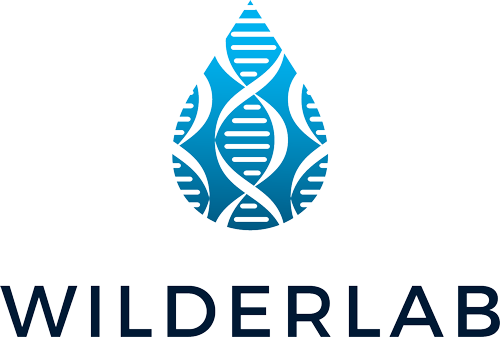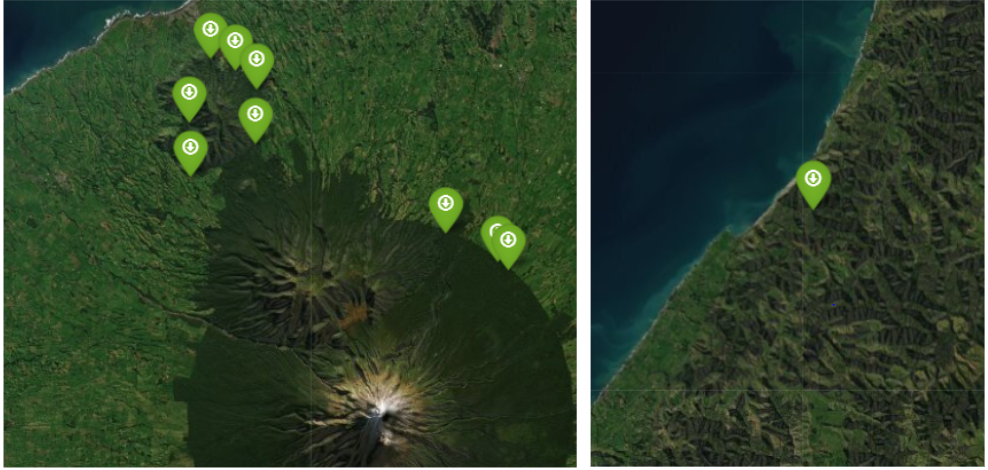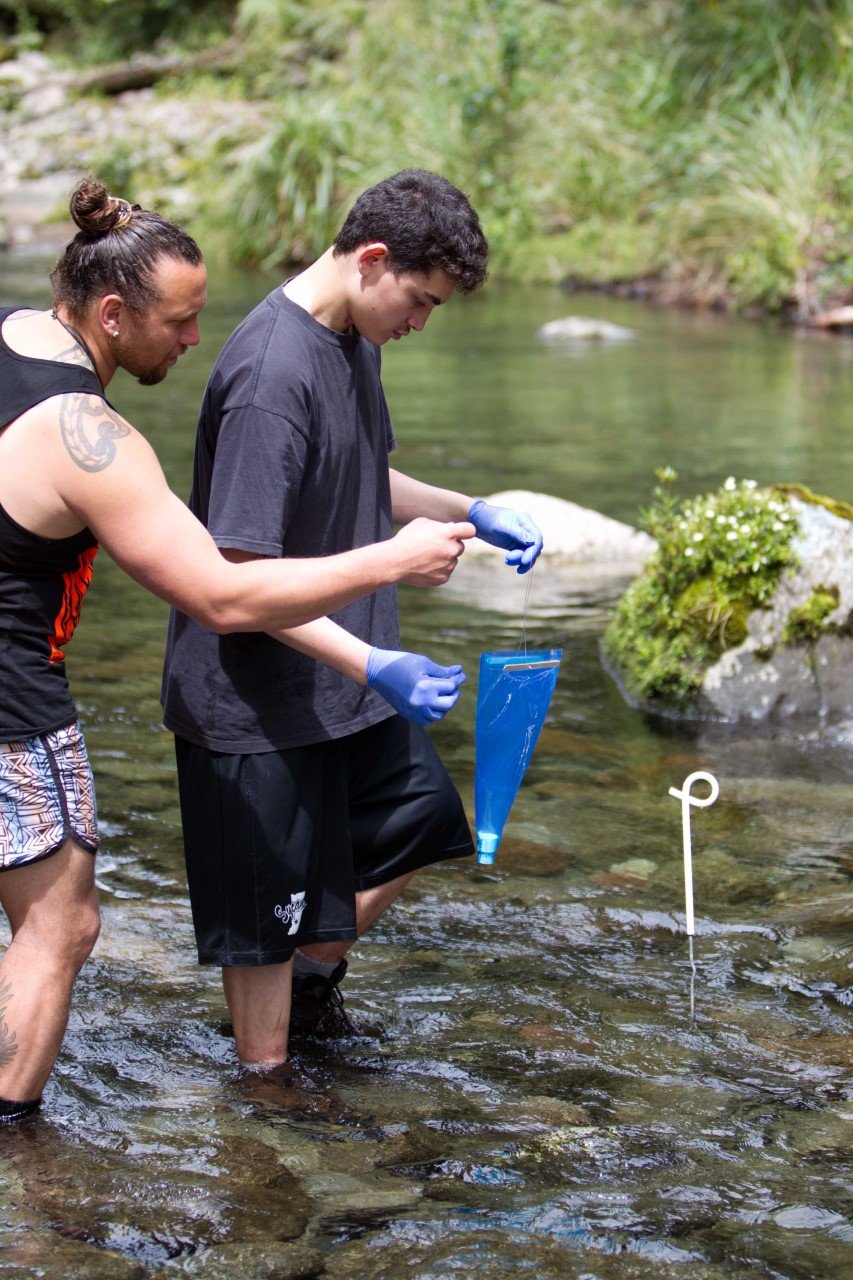Fishing for goats around Te Papakura o Taranaki
Taranaki Mounga
Taranaki Mounga is an ambitious conservation project that looks to restore and revitalise the wildlife of the mountain, ranges and islands of Taranaki. It is a collaboration between the Department of Conservation (DOC), Taranaki Iwi Chairs Forum and philanthropic investors NEXT Foundation, supported by founding sponsors Toi Foundation, Jasmine Social Investments, Shell New Zealand and Manaaki Whenua - Landcare Research.
The project area is within the 34,000 hectare Te Papakura o Taranaki, previously known as Egmont National Park and the Ngā Motu Islands off the New Plymouth coast. The vision for the project spans over a 20-year time frame in three main phases; secure, restore and sustain. In the initial phase, the team will secure the Mounga and Ngā Motu from weeds and animal pests to protect the value of biodiversity and protect the park from further degradation inflicted by pest species.
Taranaki Mounga is on the way to fully eradicating goats, a harmful threat to our native plants, making Te Papakura o Taranaki New Zealand’s first ungulate (hooved animals) free national park. This effort is working towards larger predator management goals including Predator-Free Taranaki and the Regional Council’s development of a biodiversity ‘halo’ surrounding the Mounga to minimise the reinvasion of pests.
Using eDNA to fish for pests
A big area of interest in the eDNA sphere is to explore the potential applications of eDNA metabarcoding as a reliable, cost-effective tool for pest mammal detection. The Taranaki Mounga Project is a key partner on an extensive pest mammal detection project led by Professor Neil Gemmell from the University of Otago and recently funded by the Ministry of Business, Innovation and Employment (MBIE). This broader pest project is currently in its first of three years running and is investigating the use of eDNA as a tool for rapidly characterising the distributions, densities and movements of pest mammal populations at both local and landscape scales. It also looks to show how samples collected for pest surveys could be used for other purposes such as biodiversity assessments and conservation management. By sampling rivers and streams, pest management groups could increase the scale of their ecological surveys, provide more information about the species present and how their abundance and distributions change with pest management efforts.
This research will help the goals of the Taranaki Mounga Project and demonstrate how new solutions using eDNA survey approaches can address some of Aotearoa’s ecological challenges.
Recent eDNA sampling around the Mounga
A passionate team from Taranaki, Ngā Mahanga and Ngāti Tairi Hapū, Te Kāhui o Taranaki Iwi, Te Korowai o Ngāruahine, Ngāti Tama o Taranaki and Ngati Tāwhirikura Hapū of Te Atiawa Iwi recently used some of Wilderlab’s new drogue passive sampler kits in different streams surrounding the Mounga to test out how eDNA could be used to monitor the distributions of goats.
Ten sites were selected to explore different aspects of the national park (figure 1): three sites on Taranaki which has historically been a hotspot for goats, including an area where a pig release had been reported. Six sites were chosen from around the Kaitake Range as this has had the most intense pest control and monitoring in the national park, and it is expected to have no ungulates in the area. One site from Parininihi at the Wai Pingao Stream was also tested as there is known to be ungulates still present in the surrounding area.
Figure 1: Map of the eDNA sampling locations taken in December by Taranaki Mounga.
Figure 2: Left) The sampling team from Ngati Tāwhirikura Hapū of Te Atiawa iwi and Taranaki Mounga (Dylin Bailey, Degan Tamati, Harris Goldsmith and Trevor Walker) and Right) Dylin and Harris setting a drogue in the Waiongana site.
Figure 3: Trevor Walker deploying a drogue sampler at the Kaiauahi river site.
The results detected a wide range of species including whio, koaro, banded and shortjaw kōkopu, kōura, tuna (longfin eel) and redfin bully. The results of this testing have been shared publicly on the Explore map and can be easily found by searching for the job ‘602169’.
The new taxon-independent community index (TICI) which is under development at Wilderlab incorporates eDNA information from different fish, mammals, macroinvertebrates, birds, bacteria, plants, algae to help provide a more holistic picture of a river's ecological health. All ten of the sites sampled received really high TICI scores, ranking them in the top 98th percentile of the samples Wilderlab has processed from around the country!
Figure 4: Biodiversity wheel detailing the range of organisms picked up in one of the samples taken from Kaiauahi.
No goats? What could this mean?
Despite there being goats known to be in the general area of the Wai Pingao stream, no goat DNA was detected in the water sample. This sparked some key questions and considerations for the broader research group, highlighting some next steps for future testing.
Although goats were in the area, the number and movements of the herd of goats wasn’t known. This means that the activity of the goats and how that related to the areas that were sampled wasn’t able to be compared. If the goats had been hanging around below the sample area, this could greatly reduce, if not remove, any goat eDNA from the water that was sampled.
Detecting eDNA from land animals isn’t quite as straightforward as it is for detecting things living in aquatic environments. This is mainly due to the fact that land animals sporadically interact with bodies of water, as they travel through, fly over, and drink from the rivers and streams. This reduces the likelihood of genetic material winding up in a water sample. The rates at which land-based eDNA makes its way into river environments from run-off is also not well understood.
The next steps…
This eDNA sampling has helped to confirm a much larger picture of what is present and absent in these rivers, highlighting the beautiful biodiversity which can sometimes go undetected with other survey methods.
The research team from the larger pest mammal project would like to try eDNA testing alongside other survey approaches to better ensure that the species detections can be compared. Tracking the movements of the goats with trail cameras and geotags will provide a clearer picture of how the eDNA kits are performing, assisting with the broader understanding of how the technology could be utilsed in pest mammal management. Some additional experiments will look to help better understand how much land-based eDNA makes it into river environments along with the optimal number of replicate samples that should be used to characterise these communities.
Taranaki Mounga are planning another park-wide, top to bottom sweep by Hunters and Dogs in the search for goats. This effort will also include some more eDNA water sampling and some new soil testing kits being developed at Wilderlab.
A successful confirmation of zero ungulates in Te Papakura o Taranaki would be huge for the Taranaki Mounga Project and its partners.
To learn more about Taranaki Mounga’s vision, you can visit their website here.




